
Scientific name: Phyllidia varicosa
Size: Average size 2.3 inches, can go up to 4.3 inches
Color: Blue, gray, black and yellow
Distinguishing feature: Numerous irregular protuberances of gray or blue and yellow base at the top
Where did we see it: Bali and Gili, Zanzibar, Thailand, Mayotte, Maldives, Raja Ampat
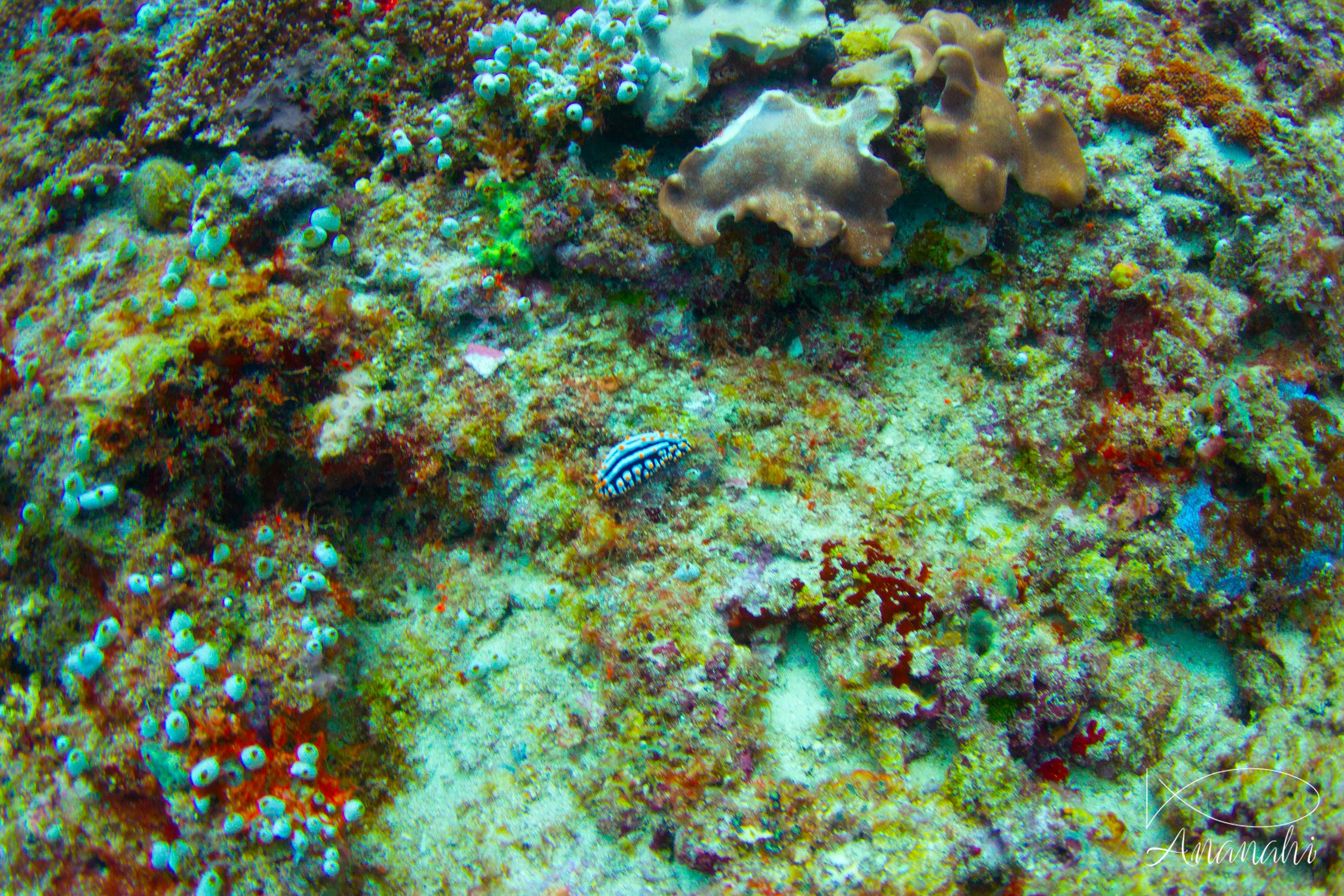
Scientific name: Phyllidia varicosa
Size: Average size 2.3 inches, can go up to 4.3 inches
Color: Blue, gray, black and yellow
Distinguishing feature: Numerous irregular protuberances of gray or blue and yellow base at the top
Where did we see it: Bali and Gili, Zanzibar, Thailand, Mayotte, Maldives, Raja Ampat
This nudibranch mainly feeds on sponges. These sponges allow it to secrete a toxin that allows it to defend itself against shrimp attacks for example.
It's a nudibranch quite easy to find, quite big and colorful.
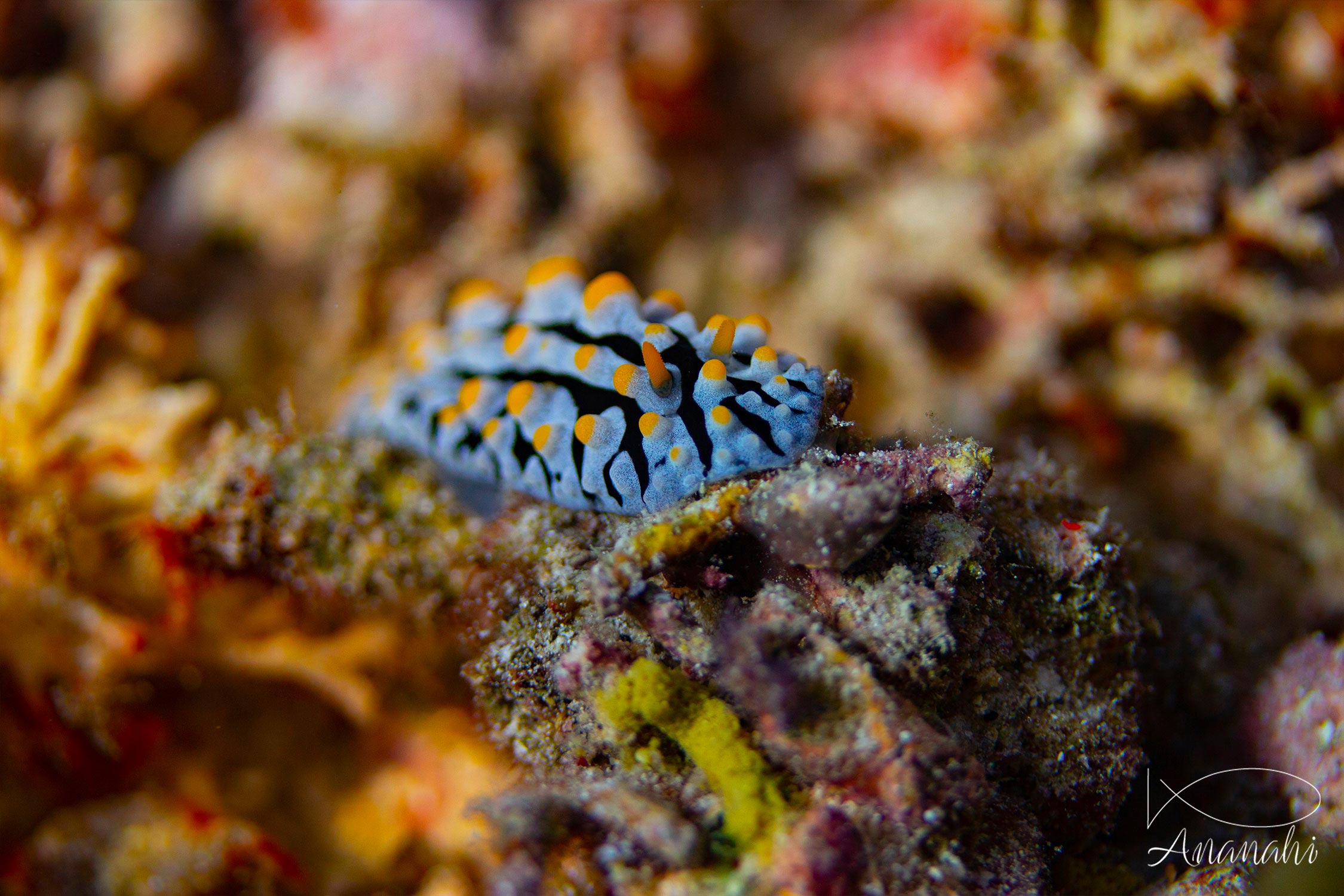

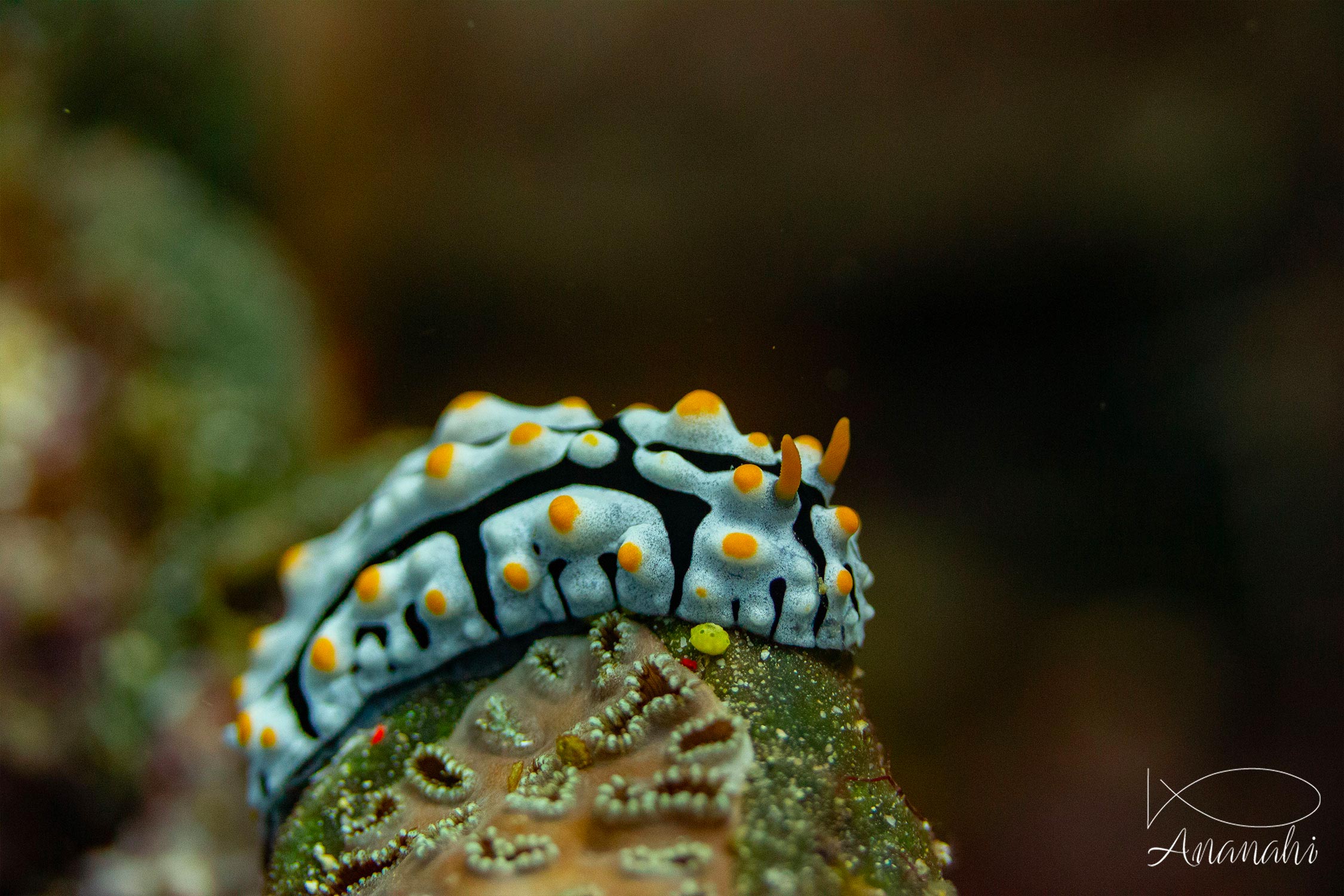


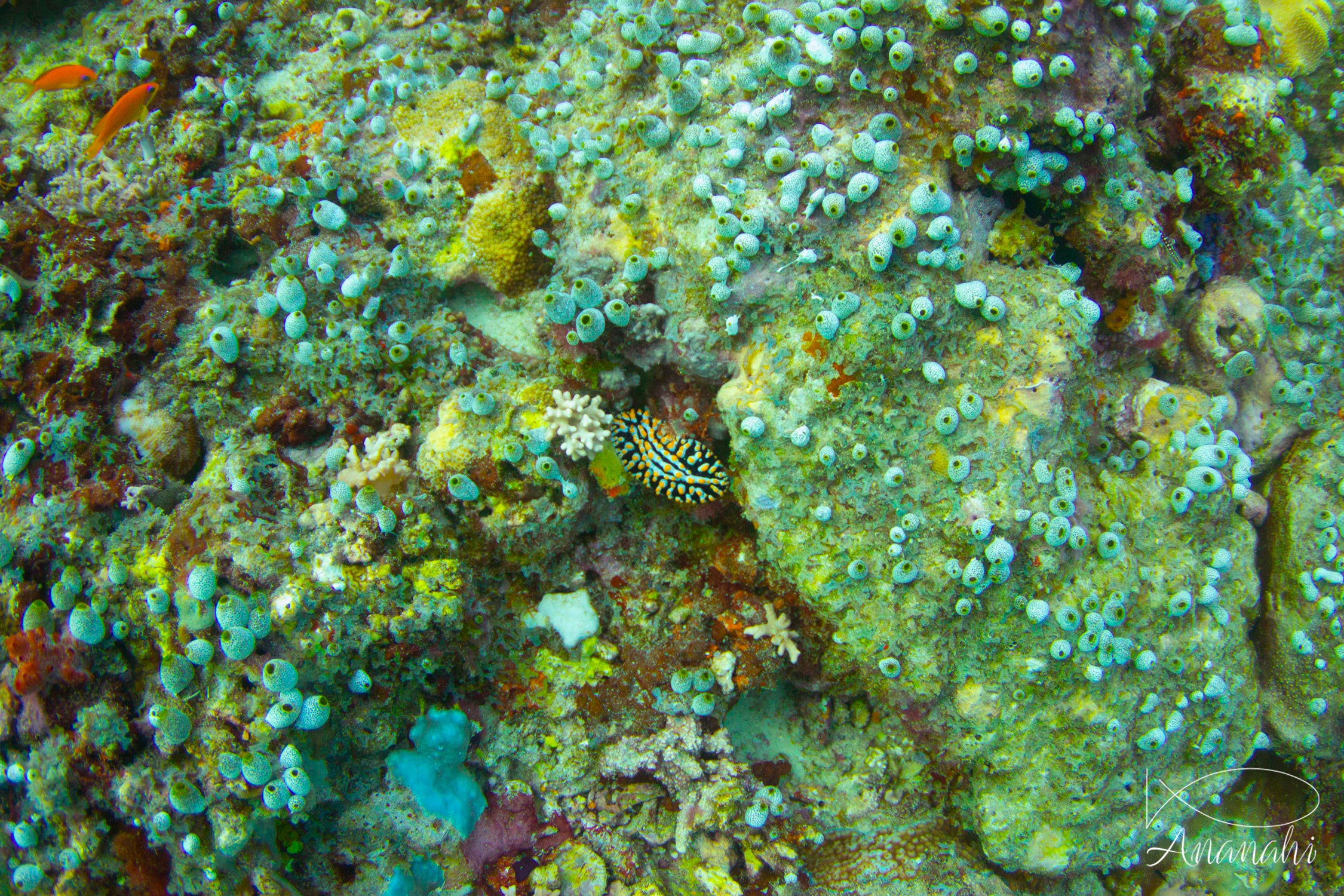

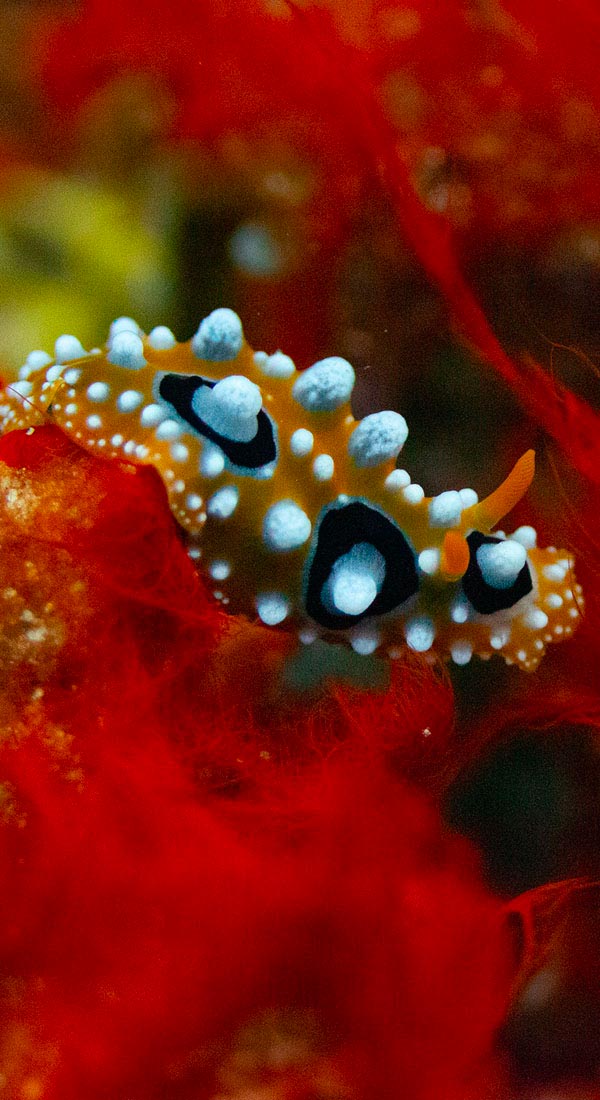
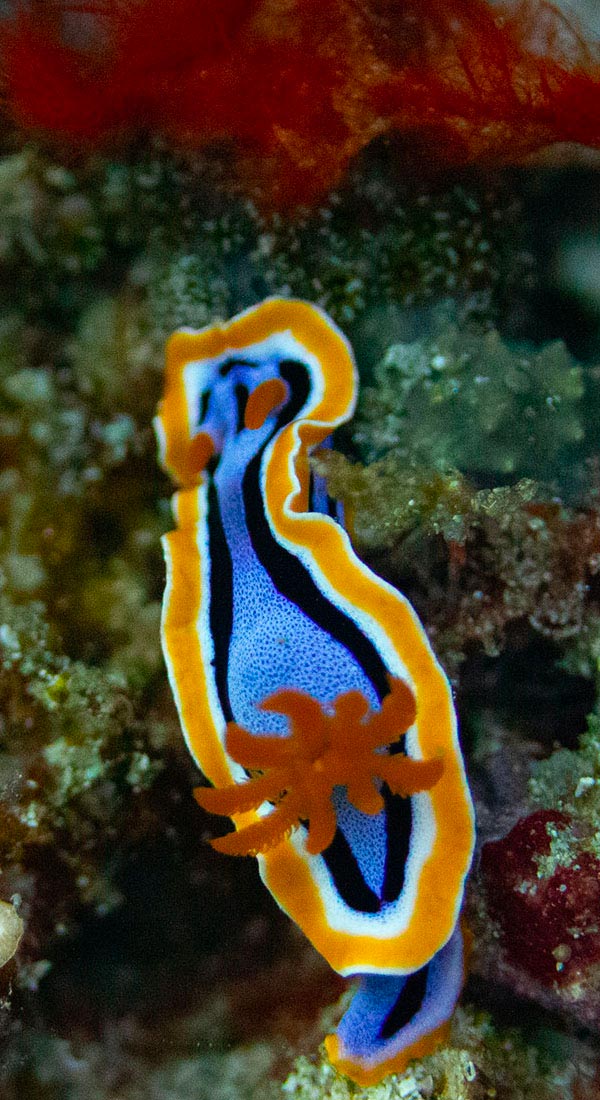

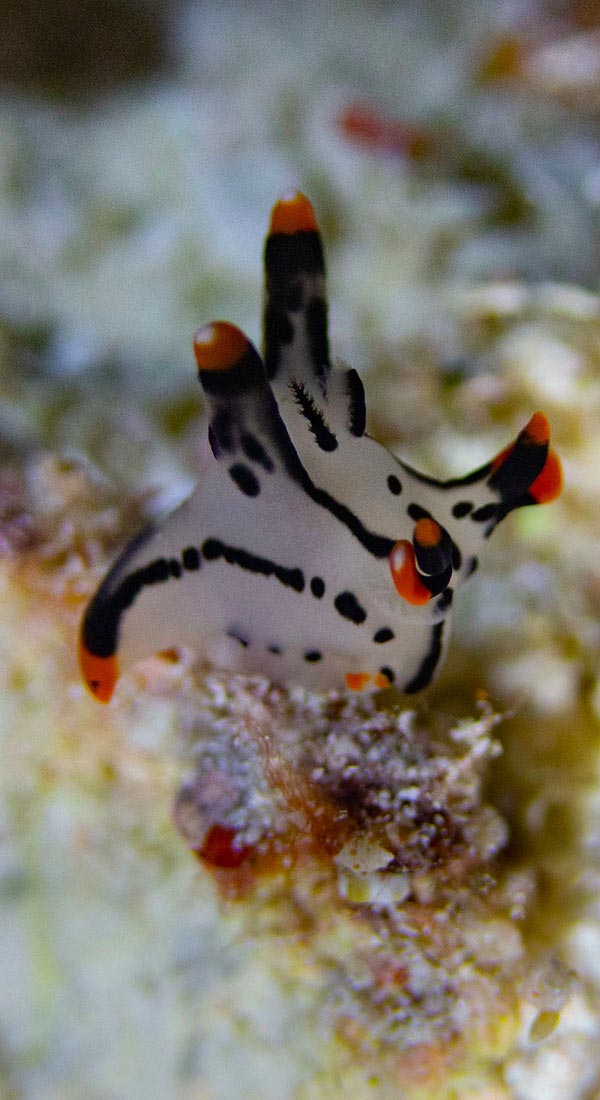

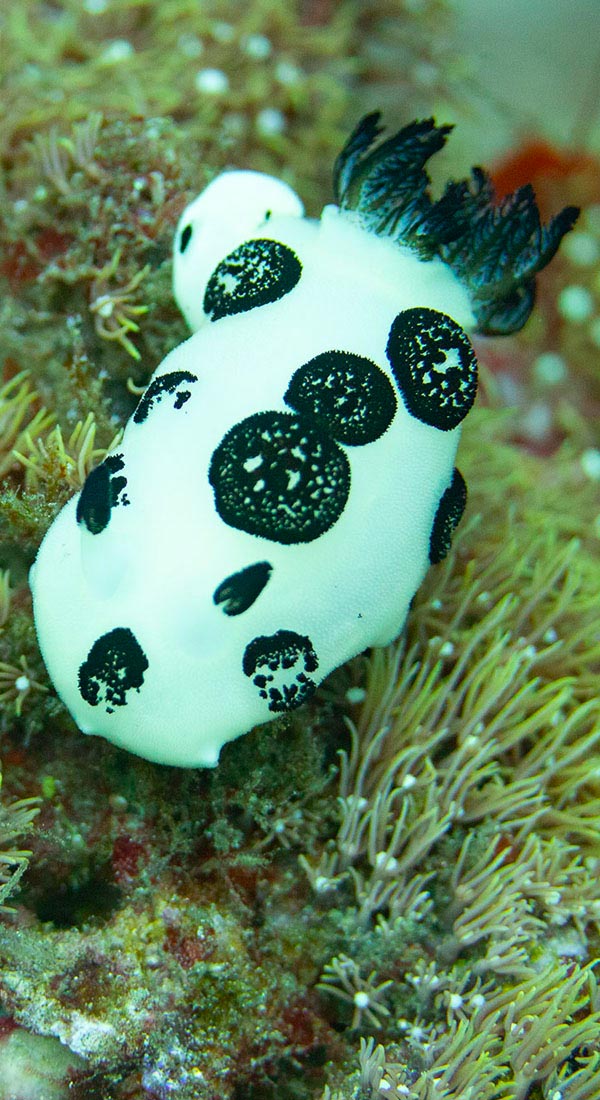

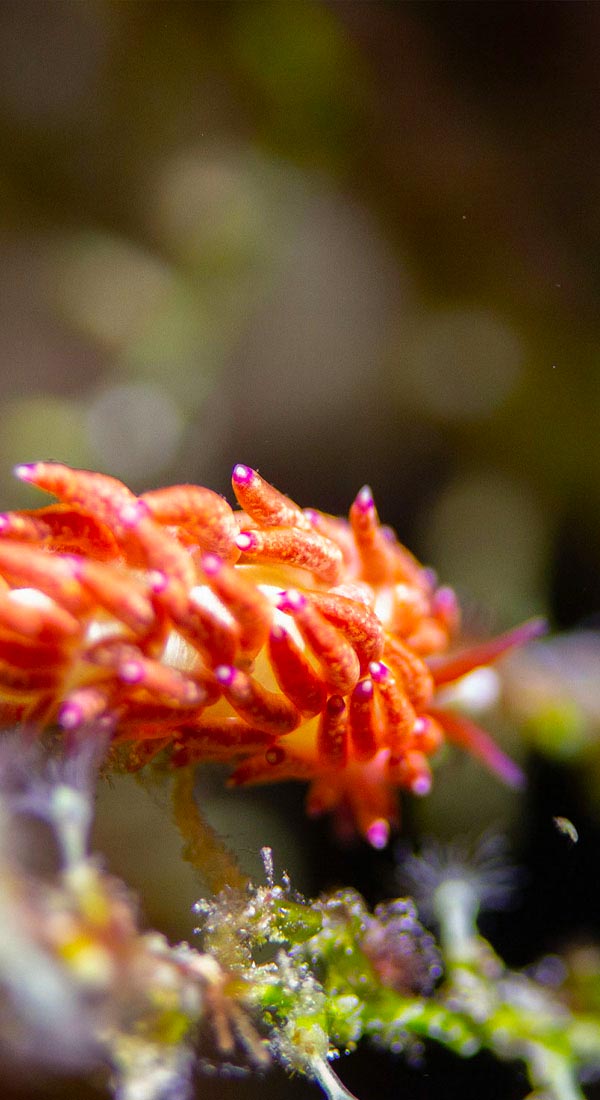
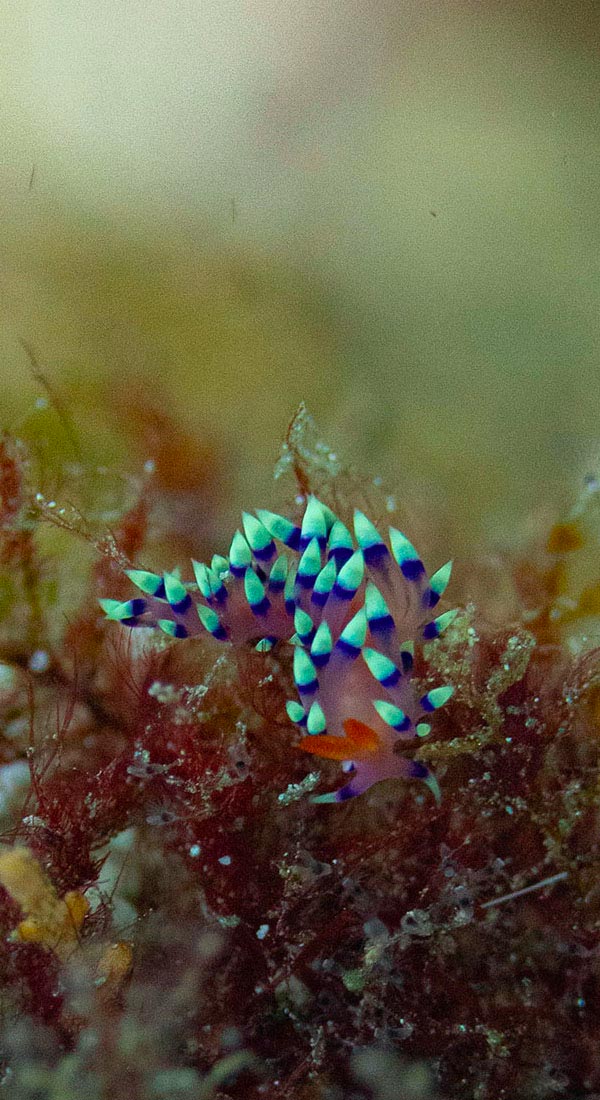

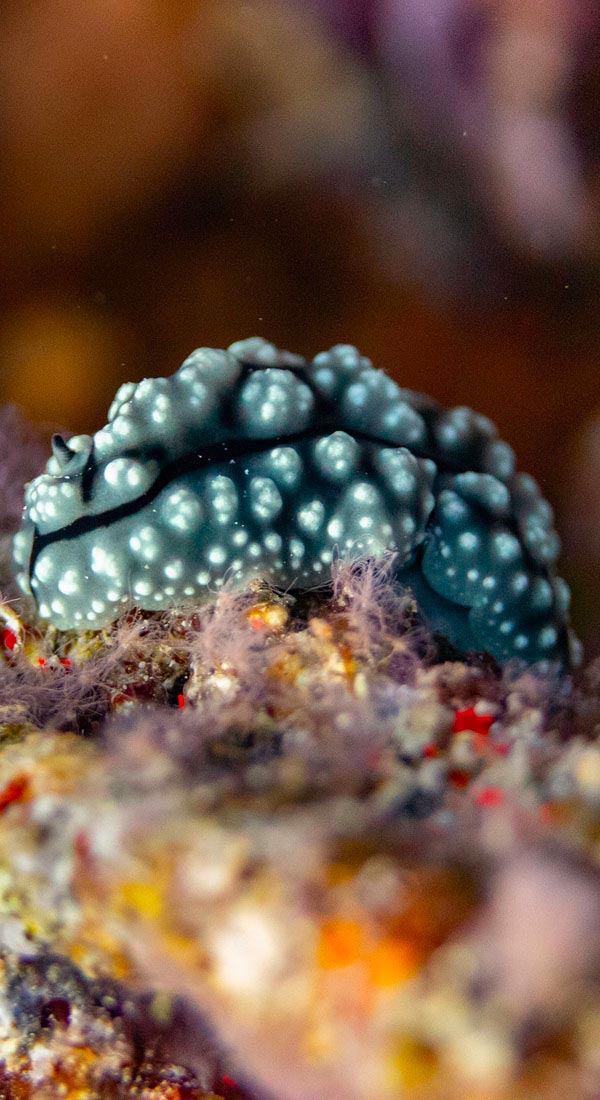
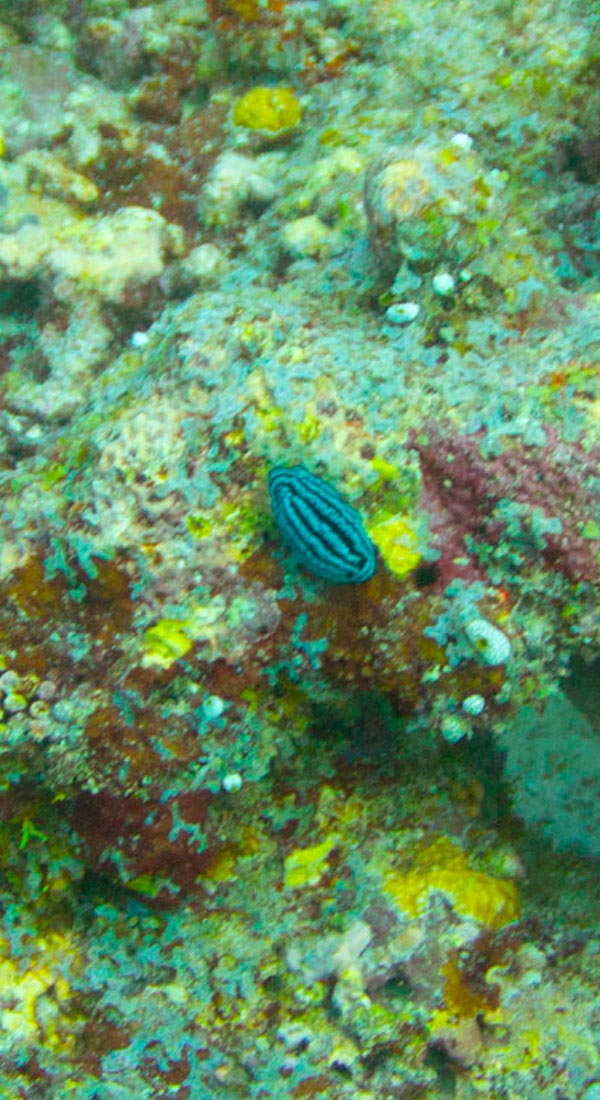


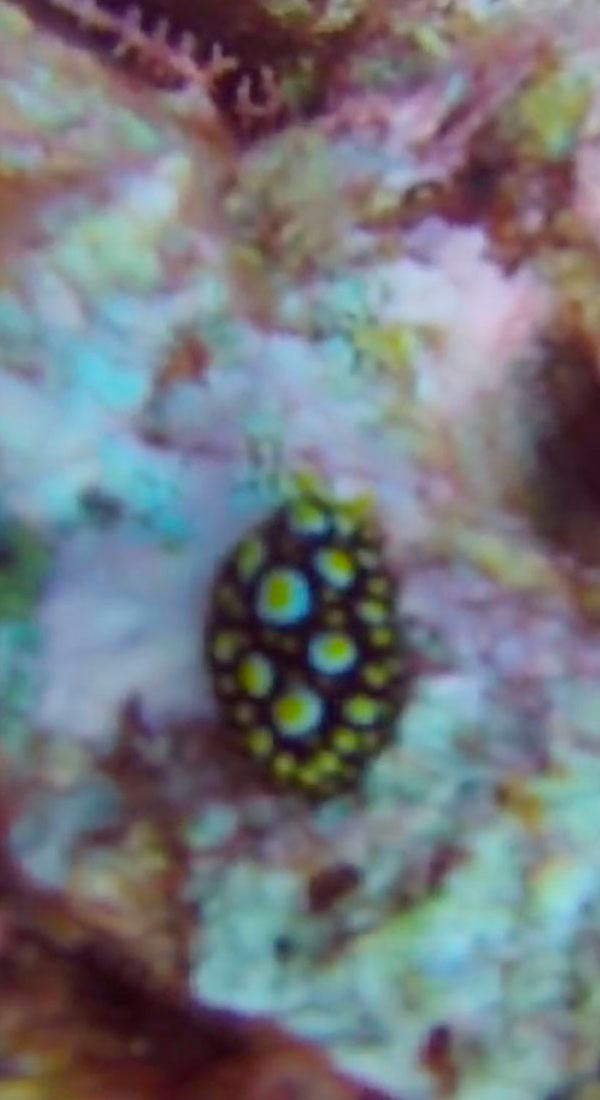
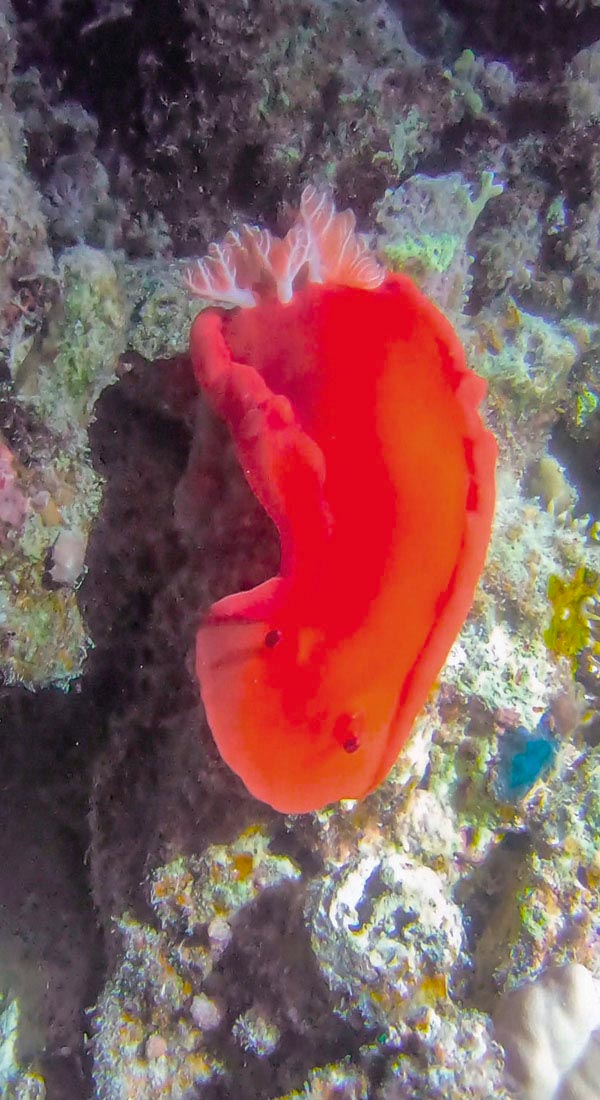
The tiger shark has slender marks similars to the lines of tigers, hence its name.
When it is juvenile, these marks are round and not vertical. They change when it grows.
We can hear the bull shark is very dangerous because of attacks near La Réunion island.
However, tens of them are living at 600 feet from the famous beach of Playa Del Carmen in Mexico. And there are no attacks.
The kakihona sushi (sushi wrapped in persimmon leaves) are really the best!
To eat them, you have to go to Nara!